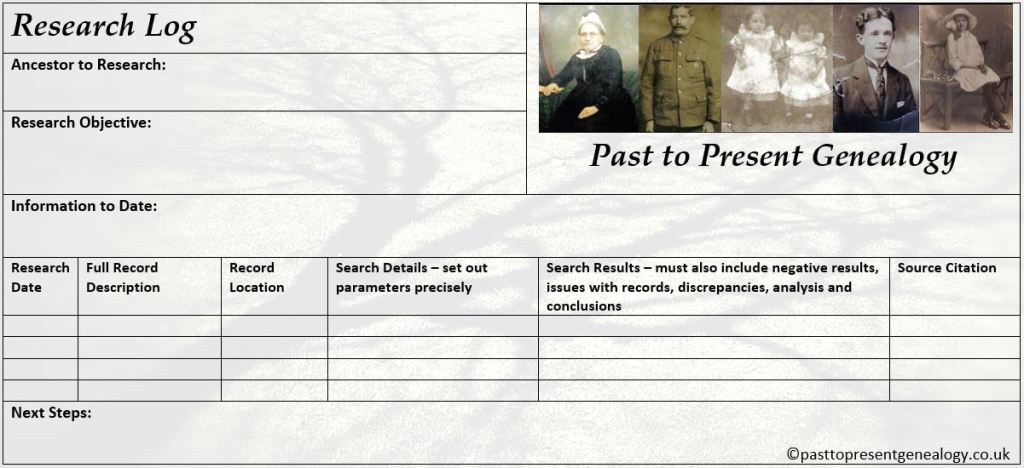Helen Osborn’s Genealogy: Essential Research Methods is a key book for many family historians. Her latest book, Our Village Ancestors: A Genealogist’s Guide to Understanding England’s Rural Past, is certain to form another important element in the family history researcher’s toolkit.
Focussing on village life from the mid-sixteenth to the turn of the twentieth century, the book is aimed at those who want to fill in the details of the lives of their ancestors, and want to open up – and make best use of – the wealth of records out there to achieve this. Even those at an early stage of their family history journey will benefit from the information it contains.
Placing these records in their geographic and historic context is a theme which runs throughout the book, because as the book explains:
…in order to gather truly the evidence that we need to reconstruct families into genealogical trees, we should understand both the historical and local context as well as have a good understanding of the documents used.

Farming communities and countryside life is integral to the research of most family historians, with up until the nineteenth century the majority of people living a rural existence. As the book says:
Almost everybody with English roots will have an ancestor who lived in a village…
The book covers records applicable to a full range of village ancestors from the humble agricultural labourer to farmer ancestors, those in supporting village industries and crafts, right through to the more affluent landowners.
It contains eight chapters covering a multiplicity of these genealogical records, all of which combine to help build a picture of our village ancestors’ lives. The chapters are:
- The Rural Past;
- Parish and Family;
- The Land and the Farmer;
- The Church and the Tithe;
- Supporting the Poor;
- Work and School in the Countryside;
- The Whole Community: Lists of Villagers and the Victorian Census; and
- Leaving the Village.
There is also an appendix containing a handy list of dates of interest.
Each chapter introduces a series of key records, explaining the background to their creation, the information they contain, any particular issues or pitfalls associated with them, and how to interpret and locate them. This information is interspersed with examples of these records from across the country. Accompanying this information are fascinating facts, and tips, which aid family historians and provide food for thought in applying to research. There are also pointers as to how indirect evidence can be extracted from records, even when ancestors are not specifically mentioned. The individual chapters conclude with a Starting Points for the Researcher section which neatly summarises the records discussed in the preceding pages.
Through combining information from these sources, pictures of the lives of even quite ordinary ancestors can be built up. The book includes examples of such record-combining to reconstruct a person’s life, including a 19th century agricultural labourer and the harrowing story of the Eaves family.
The book is packed with information, and there are far too many records and information sources for me to mention. But they include parish registers and how to unpick information from them; manorial records; enclosure details; probate inventories; tithe maps and apportionments; glebe terriers; churchwardens’ accounts; vestry minutes; Quarter Sessions; various records relating to the old and new Poor Law; hearth tax; rate books; newspapers; and early censuses. Note, if you are looking for information about records created by Victorian national administrations, such as civil registration from 1837, these are not covered.
In addition to the records, I found the individual topics covered fascinating. From the social status of the farmer, the farm and its work, alongside wages and conditions, to tips on matching tithe maps with older records and using the early census to discover whole communities. And how many of us have ancestors who appear and disappear? The Leaving the Village chapter is full of strategies and tips for filling these gaps.
It is an immensely readable book (I completed it over a weekend). It is also one which will act as a reference, and refresher, to a series of genealogically valuable records for anyone researching their family history, running a one-place or one-name study, or with an interest in local history generally. And, although the focus is on village life, there is a cross-over in terms of many records to our more urban ancestors.
In conclusion, this is a worthy addition to any family historian’s bookshelf.
Our Village Ancestors: A Genealogist’s Guide to Understanding England’s Rural Past – Helen Osborn
Publication date: 28 June 2021
Publisher: Robert Hale
ISBN 9780719814167
Hardback £15.99

